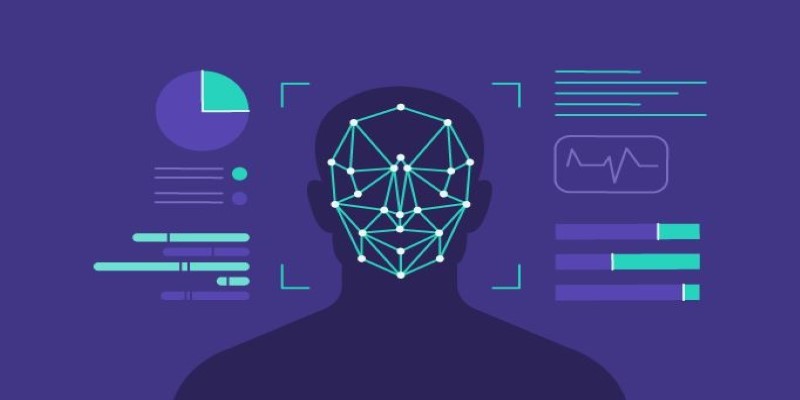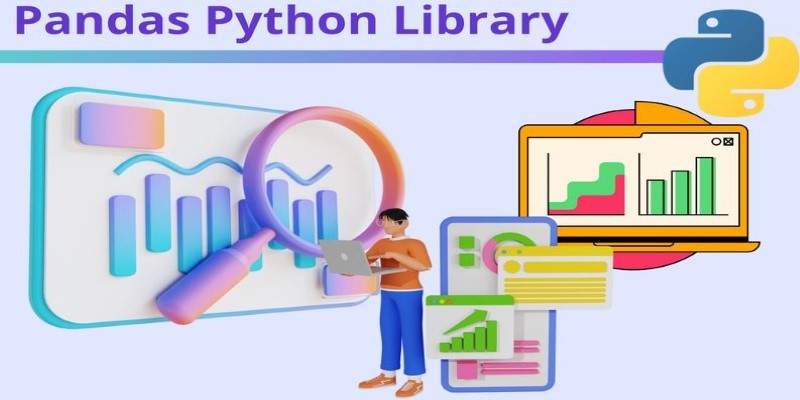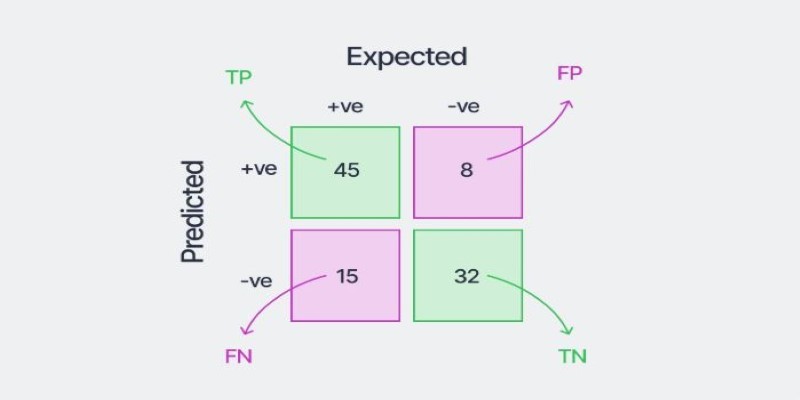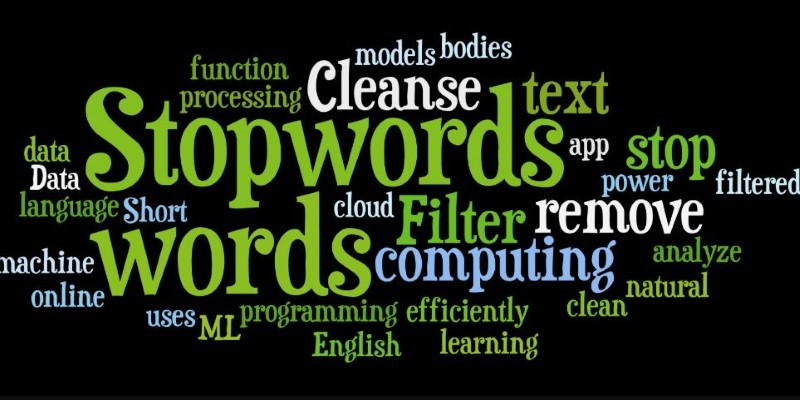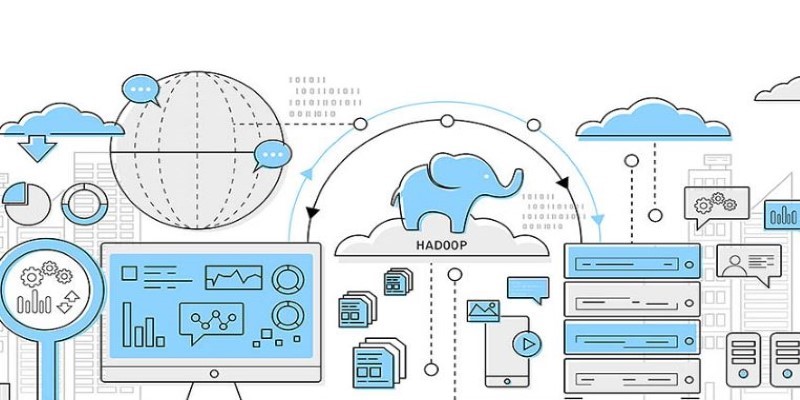When building software, ensuring that everything works as intended is crucial—and that's where Python testing frameworks come in. These frameworks provide a structured, automated way to check if your code behaves as expected, making it easier to spot bugs before they cause problems. Instead of testing manually, which can be error-prone and time-consuming, a Python testing framework offers an efficient approach to validating your code.
Whether you're developing a small script or a big project, employing the appropriate testing tools guarantees your code is reliable, maintainable, and free of bugs. Let's explore the realm of Python testing frameworks.
Understanding Python Testing Frameworks
A Python testing framework is a formalized environment that makes it easier to write and run test cases. It is an organized method of verifying whether the software functions as expected by running pre-defined test scenarios. Rather than manually checking each function or module, developers can write test cases once and run them over and over again whenever modifications are made.
Python testing frameworks fall into three broad categories: unit testing, integration testing, and functional testing. Unit testing examines individual units, like functions and classes, to ensure they are correct in isolation. Integration testing assesses how different components of a program interact to ensure the many pieces of the program work as expected when integrated. Functional testing is a broader scope, ensuring the software fulfills user demands and operates as desired.
A good test framework offers services like test discovery, assertion, and reporting. Test discovery automatically discovers test cases instead of listing them manually. Assertion and methods check predicted outputs against produced results. Reporting facilities produce reports that identify failing tests so the developers can see them and then fix them very quickly. This makes a testing framework a component of modern application development.
Popular Python Testing Frameworks
Python has several testing frameworks, each with its characteristics and benefits. The most popular ones are unit tests, pytest, and nose2.
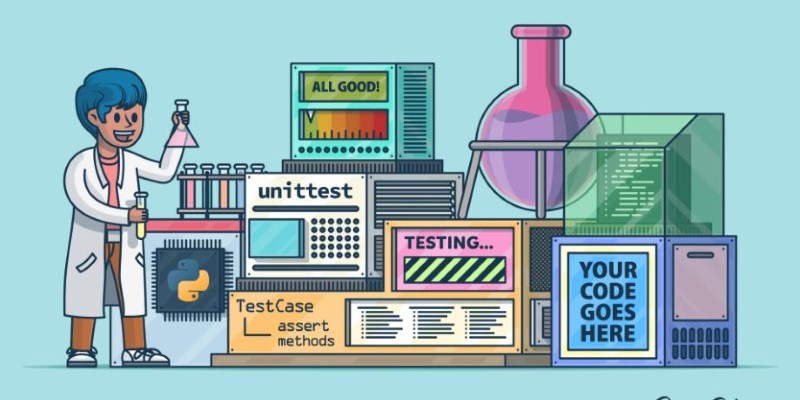
Unittest is Python's native testing framework and, thus, the default option for most developers. It is object-oriented, with test cases being structured in classes and assertions used to decide whether a test has passed or not. Because it is included with Python by default, unittest is an easy option for those who want a simple testing solution without extra dependencies.
Pytest is a more flexible and feature-rich framework that simplifies test case writing. It allows developers to write concise and readable tests using plain functions rather than class-based structures. Pytest supports fixtures, parameterized testing, and a rich set of assertion methods, making it a favorite among experienced developers. Its powerful plugin ecosystem also enables customization to fit various testing needs.
Nose2 is the successor to the now-deprecated nose framework. It extends the unfittest's capabilities while offering a simpler syntax and automatic test discovery. Nose2 is designed to be easy to use, making it a good option for those who want additional features without learning a completely new framework.
Each of these frameworks has its strengths, and the choice depends on project requirements. Developers working on small scripts may find unit testing sufficient, while larger applications benefit from pytest’s flexibility. Regardless of the framework chosen, a structured testing approach improves code reliability and maintainability.
Why Python Testing Frameworks Matter?
Python testing frameworks are essential for ensuring software quality by systematically testing code and preventing issues such as bugs, security vulnerabilities, and performance problems. Automated testing catches errors early, speeding up development and reducing the risk of escalating issues.
One significant advantage is regression testing, which ensures that new code changes don’t unintentionally break existing functionality. This is especially critical in large projects where manually tracking every change is impractical. Testing frameworks also improve code quality by encouraging better design practices. Writing tests forces developers to think critically about the code structure, making it more modular and easier to maintain.
In team-based projects, testing frameworks facilitate collaboration by maintaining consistency across code changes. Automated testing guarantees that new contributions won’t disrupt existing features. Additionally, integrating testing frameworks with continuous integration (CI) tools ensures that tests run automatically whenever new code is added to the repository.
Testing frameworks also save time by automating repetitive tasks. As software complexity grows, manual testing becomes impractical. With a structured testing framework, developers can focus on creating new features rather than verifying code manually, leading to increased productivity and reduced maintenance efforts in the long term.
Getting Started with Python Testing Frameworks
Getting started with Python testing frameworks is straightforward, even for beginners. The first step is choosing the right framework for your project. For simple Python scripts, unittest is a great starting point, as it is built into Python. For a more modern and flexible approach, pytest is an excellent alternative, known for its simplicity and rich feature set.

Writing test cases involves defining functions that validate expected behavior. In unittest, test cases are written within classes using assertions like assertEqual() and assertTrue(). On the other hand, pytest allows writing tests directly as functions, making it less formal and easier to get started with. For example, a basic test in pytest would look like:
def test_addition():
assert 2 + 2 == 4
Running tests is simple: with unit test, use python -m unit test, and with pytest, just type pytest in the terminal. Both tools provide detailed results, showing failures and error messages for debugging.
As projects grow, organizing tests into separate files and directories helps maintain clarity. Larger applications can benefit from automation tools like CI/CD pipelines, which automatically run tests before deployment. Additionally, code coverage tools help ensure critical areas of the codebase are properly tested.
Conclusion
Adding a Python testing framework is essential for ensuring software reliability and efficiency. It automates the testing process, allowing developers to catch bugs early, improve code quality, and save time. Whether using unittest, pytest, or nose2, the choice of framework depends on project needs and developer preferences. Automated tests provide consistent feedback, ensure stability during development, and reduce the risk of errors. By embracing testing frameworks, developers can maintain high-quality code and deliver robust applications with confidence, making testing an integral part of the software development lifecycle.

